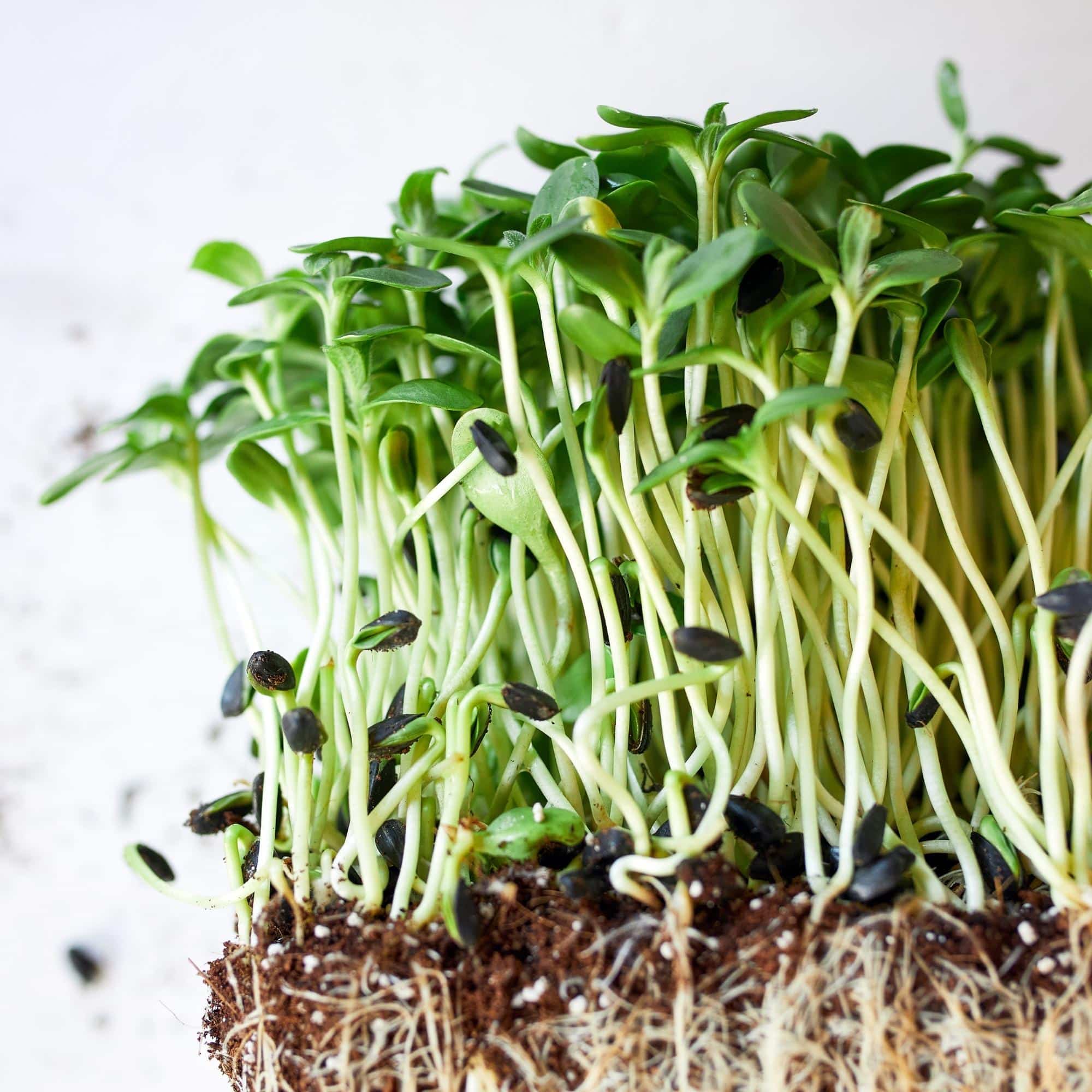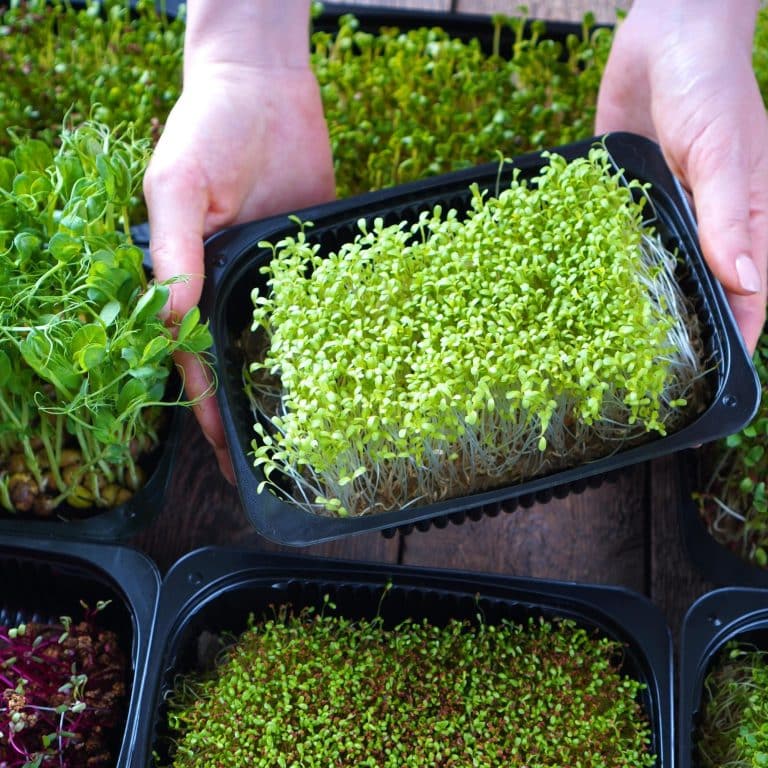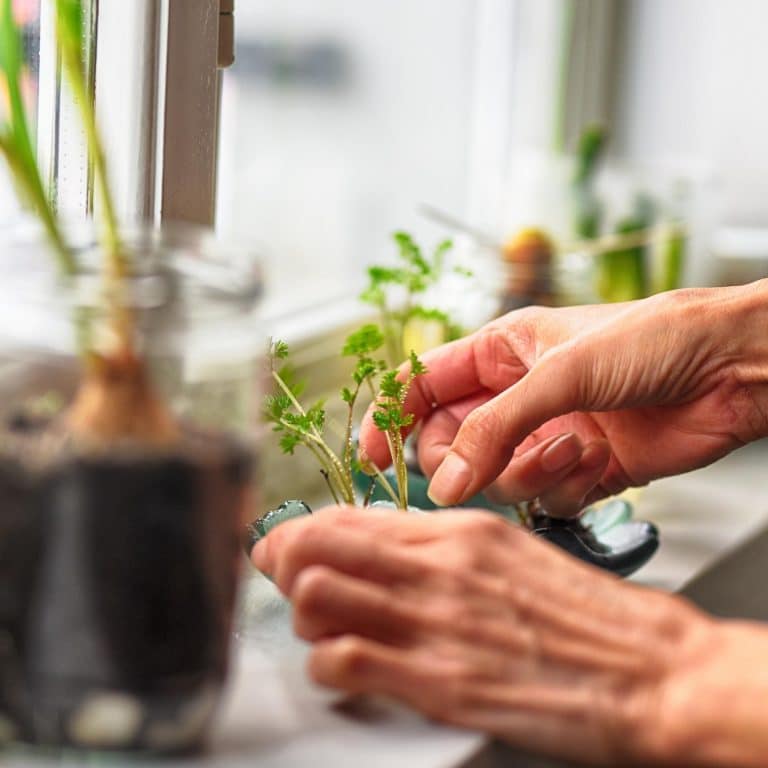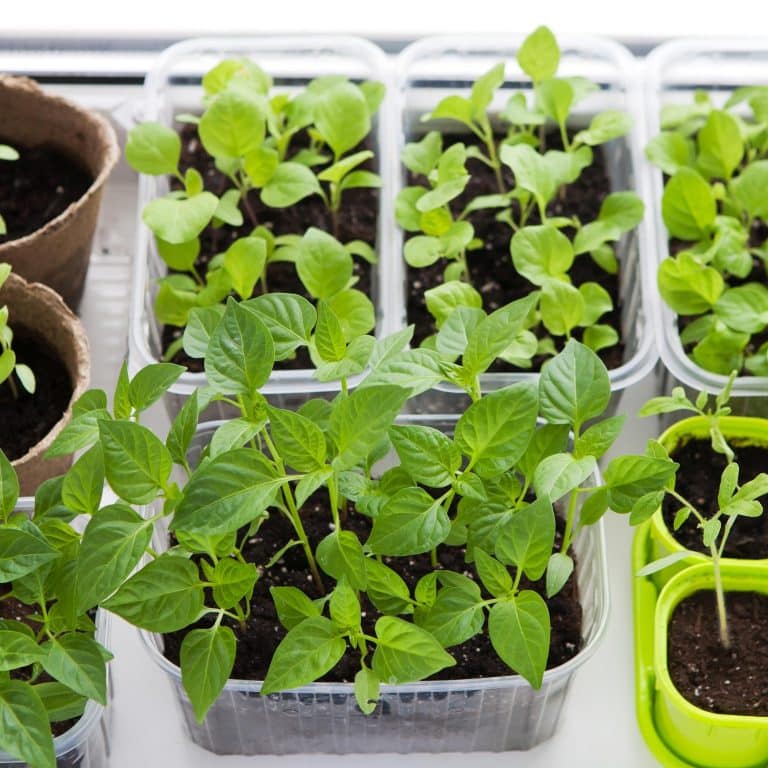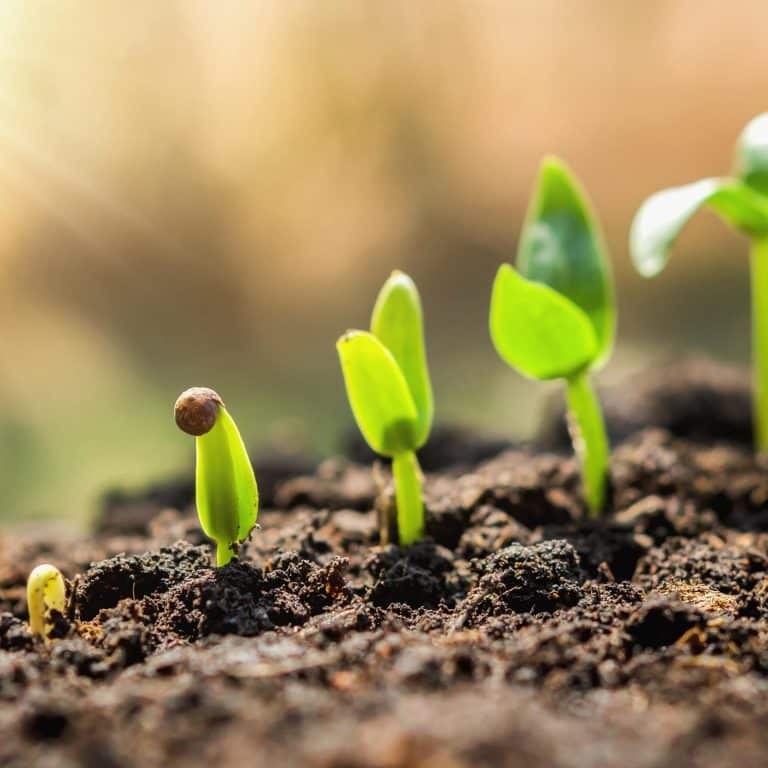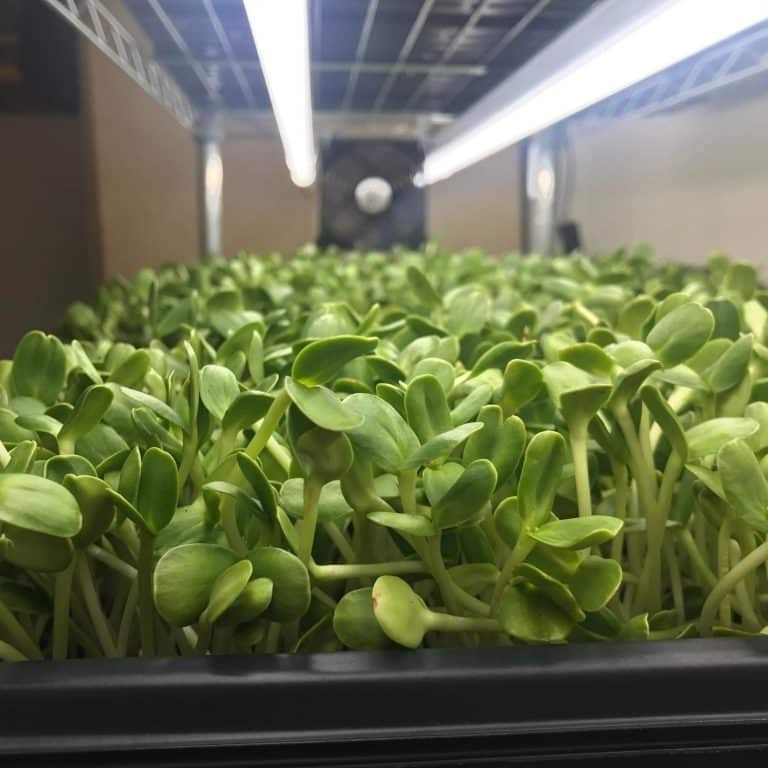Microgreens: The New Superfood Taking Over Your Kitchen
Microgreens are becoming more and more popular as people learn about their nutritional value. Microgreens are tiny, newly grown plants that have higher levels of nutrients than mature vegetables. Microgreens are the earliest stage of a vegetable plants development, after the sprouting stage. They differ from sprouts by their longer growth cycle and the leaves. They have a similar flavor to baby greens but may be sour, spicy, or bitter. This article will give you the basics on microgreens and get you excited to start adding them to your daily diet.
What Are Microgreens?
Microgreens are the earliest stage of a vegetable plants development, after the sprouting stage. Microgreens are tiny, young edible plants. Their typical size is one to two inches and consists of a central stem, one pair of fully developed cotyledon leaves, and one pair of partially developed true leaves. Microgreens are more delicate than baby greens and have a distinct flavor. They’re often a bit bitter, but aren’t as strong as mature greens.
Microgreens are the shoots of edible vegetables and herbs, and they are loaded with nutrients and vitamins. In fact, they can contain up to 40 times more nutrients than the full-grown vegetable. Microgreens can be used in a variety of ways, such as smoothies, salads, garnishes, and sandwiches. The possibilities are endless, and microgreens are fresh and flavorful. So if you’re looking for a nutrient-packed addition to your diet, look no further than microgreens.
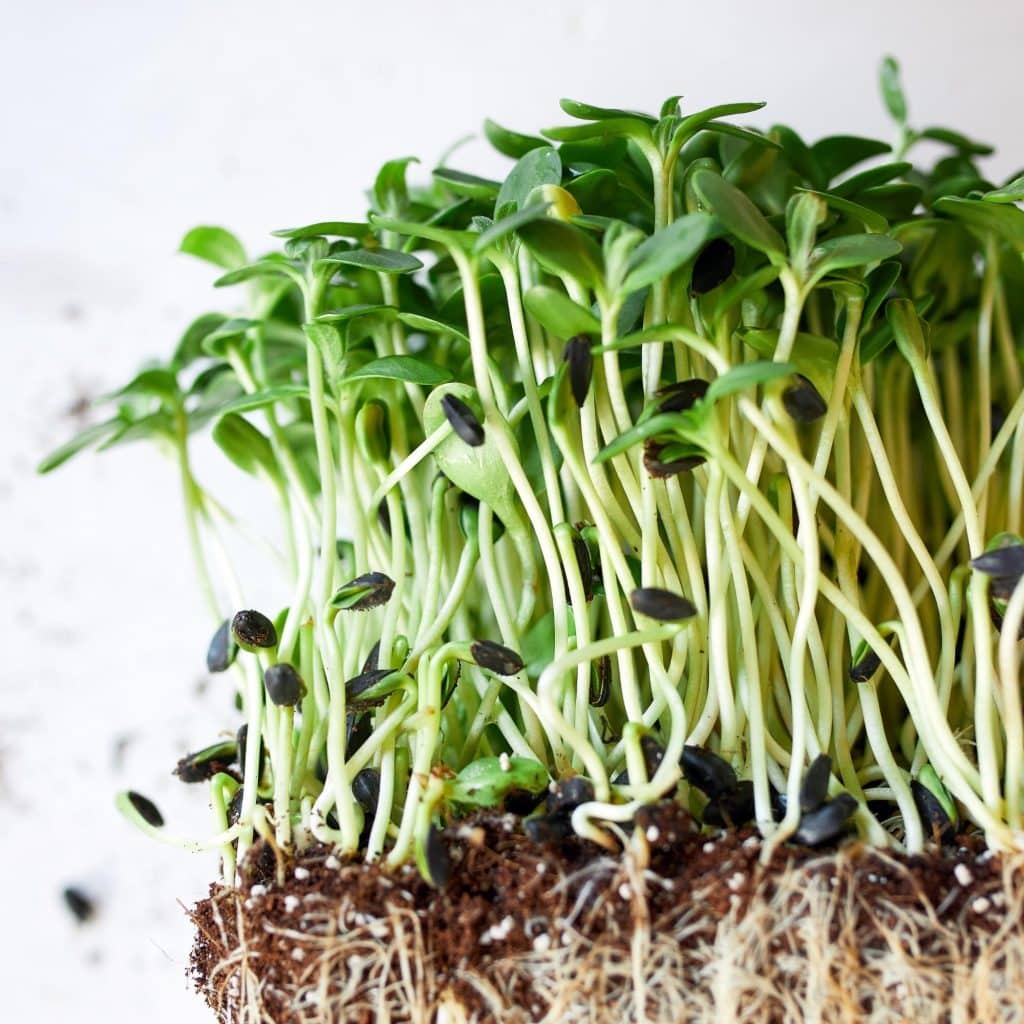
What Are The Health Benefits Of Microgreens?
Microgreens are the new craze in the vegetable world. The microgreens, which are tiny leaves, are packed with more nutrients than their full-grown counterparts. In fact, there are studies that show that microgreens contain more than four times the amount of vitamin E, six times the amount of vitamin C, and nearly seventy times more vitamin K. Vitamin E is crucial to maintaining cellular activity and preventing cancer, heart disease, and cataracts. Vitamin C is important for the immune system, while vitamin K helps to clot blood.
One study done in 2016 actually showed that microgreens can help lower inflammation and help aid in weight loss. “These data suggest that microgreens can modulate weight gain and cholesterol metabolism and may protect against CVD by preventing hypercholesterolemia”.
Another study found that microgreens are high in polyphenols, which are necessary natural chemicals. They contain robust antioxidant properties, which inhibit the buildup of free radicals that damage cells and cause chronic diseases. Polyphenols may be responsible for the reduced risk of cardiovascular disease, cancer, and Alzheimer’s disease. This study found that microgreens contained nearly five times more polyphenols than their full-grown counterparts.
And finally Broccoli has been found to be one of the most powerfully nutrient dense microgreens. It is considered a mineral rich superfood. The study shows that you can eat 43% LESS mass of Broccoli microgreens compared to a serving of raw broccoli florets and get the SAME amount of minerals. This makes it so much easier to get that great nutritional benefit of broccoli without having to eat as much, or deal with the texture of mature broccoli florets.
Despite their size, microgreens are one of the healthiest foods you can eat. They are not only delicious, but they are also great for your health. Microgreens are teeny tiny versions of your favorite vegetables. They are harvested after seven to fourteen days. Many of them are edible stems, which means that you can eat the stems as well. For more options, try experimenting with different kinds of microgreens. The microgreen often tastes similar to their full grown counterpart and can be used in all sorts of dishes.
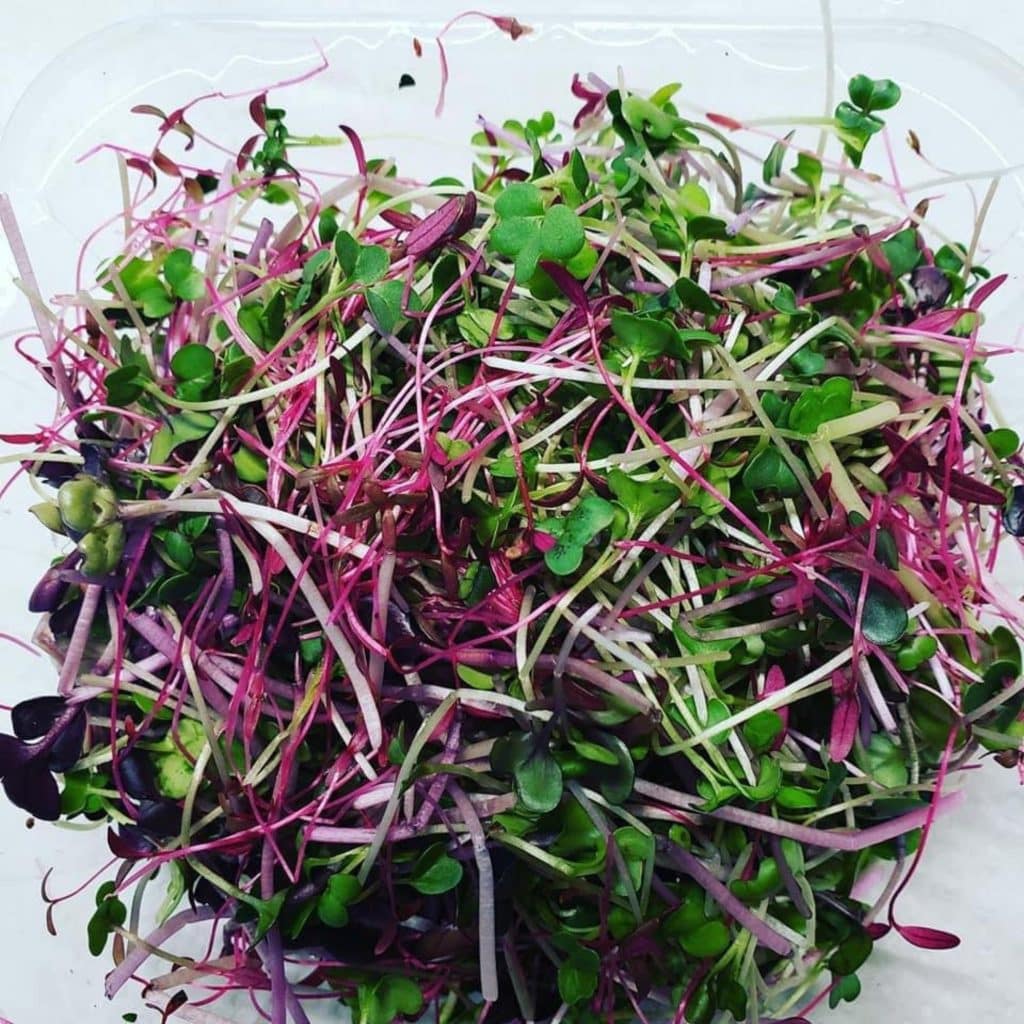
How To Grow Microgreens Indoors
Microgreens are easy to grow at home and don’t take up much space. You can grow them either indoors or outdoors, however, indoors is easier to regulate the climate and helps you get a more consistent harvest. Growing microgreens can be done just for your family or you can scale up and grow them for your community and to help make a little extra cash on the side. They go through 3 stages: Germination, Growth, and Harvest. There are a ton of how-to video’s on youtube, and even personal starter kits to help get you started.
There are different varieties of microgreens, including radish, lettuce, and amaranth. For a variety of flavors, try a blend of microgreens, including spicy, sweet, and mild. Microgreens can be incorporated into a salad, a sandwich, or a dip. You can also grow microgreens in soil or in hydroponic setups. The key is to choose the right microgreens for the conditions and location.
Microgreens are easy to grow indoors. All you need is a window or windowsill and a light source. Despite their tiny size, microgreens pack a big nutritional punch. And they can be harvested in a matter of days, so they are a fantastic option for wintertime entertaining. However, they are not the cheapest food available. Most varieties take one to two weeks to grow, making them a good investment for your kitchen.
A growing kit is the easiest way to get started at trying to grow your own microgreens. There are many companies that have kits available within every price range. My favorite basic starter kit is from Greener Harvest Seeds.

How To Use Microgreens
Microgreens, which are small green vegetables harvested at just two inches tall, are a delicious addition to your kitchen. They add crisp textures and fresh flavors to your meals. You can grow microgreens of your favorite vegetables, such as spinach, kale, chard, and amaranth. You can also grow mustard, cilantro, coriander, fenugreek, beets, and fennel, which can be used in the same way as their larger cousins.
You can grow herbs as microgreens as well. They make wonderful garnishes and add a mild, mellow accent to your favorite desserts. Unlike conventional herbs, microgreens are easily grown and add a wide range of color and texture to vegetarian dishes. As a result, they are quickly becoming a popular ingredient in both vegetarian and meat dishes. Microgreens can even be tossed into your daily meals, making them look great and taste even better!
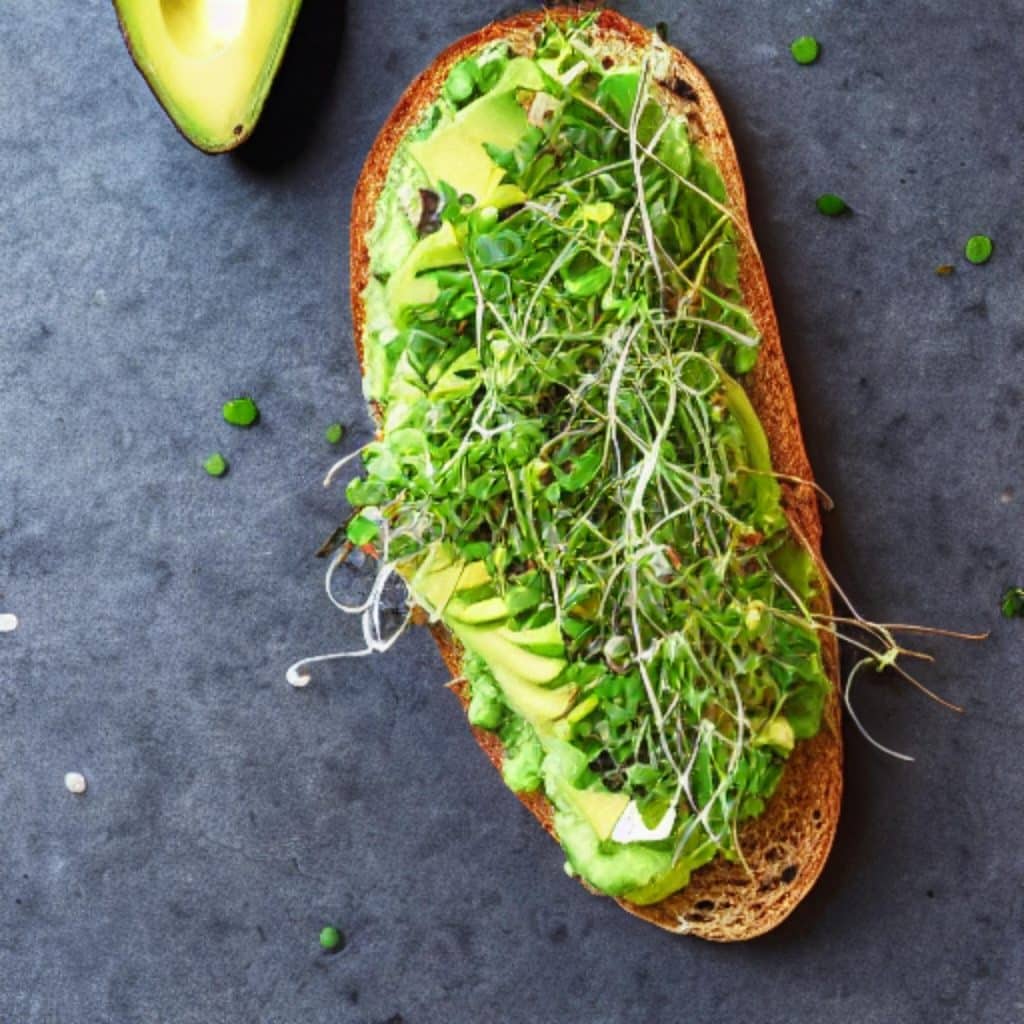
Recipes Featuring Microgreens
Adding microgreens into your diet is such a fun way to increase your daily nutrition without having to eat as much vegetables to get your daily vitamins and minerals. Microgreens are a great way to add nutrients and flavor to almost any dish. Some simple ways to use them is to add them on your sandwiches or wraps in replace of lettuce, blend them into your smoothies like you would do with spinach, top your soups or ramens with them, or even add them into a salad you’re already planning on having.
Try adding microgreens to a fruit or vegetable salad, or create a salad of just microgreens. They are delicious when combined with a vinaigrette. You can also add other ingredients like fruit, cheese, edible flowers, and sprigs of herbs. Try out a delicious Watermelon and Radish Salad.
Besides salads, microgreens can be used to make soups, salads, and sauces. They can also replace traditional salad greens like iceberg lettuce. Microgreens are also great for adding to sandwiches. They can be mixed in with other ingredients like goat cheese or fresh produce. Adding them to salads will add texture and color to your meal without compromising the nutritional value of the dish. The addition of microgreens to salads can also balance the flavor of heavy meals.
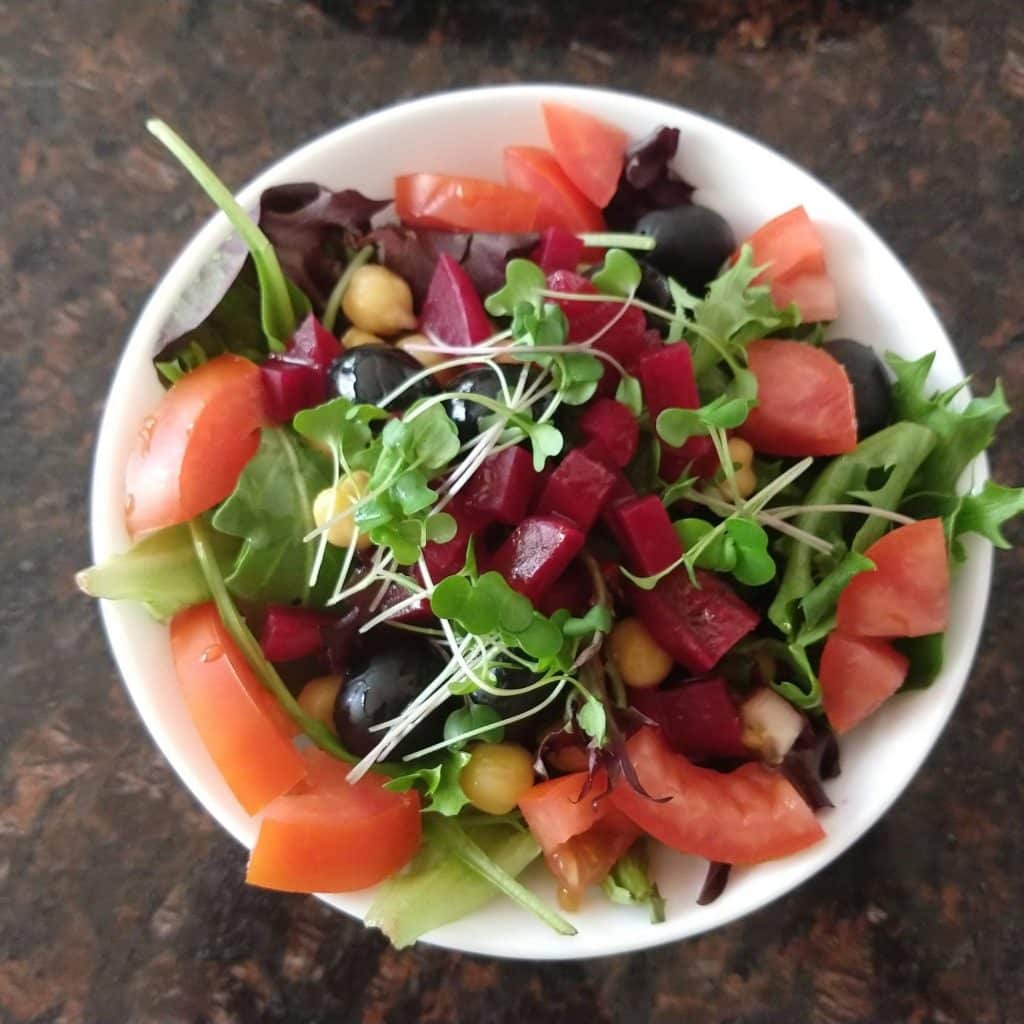
Buying Microgreens From Your Local Market
If growing your own microgreens at home isn’t for you, then check with your local markets. Sometimes you can find microgreens at your local grocery stores, especially if they’re health food stores. And often if you can’t find them at grocery stores then you’ll be able to find them at your local farmers market. If you’re looking for microgreens to buy in your area and are having trouble finding them, then perhaps that means that there is an unmet market in your area, ready for you to start your own business!
There are some things to be aware of when buying your microgreens. Microgreens can be sold either still growing and you self harvest, or they can be sold already harvested and packaged in plastic containers. When purchasing packaged microgreens you want make sure to choose those that are in containers with something in place to absorb moister, be it a paper towel, a dry pack, or something else. Moisture can cause the microgreens to go bad quicker, like most leafy vegetables, and you certainly don’t want that to happen when you’re spending your hard earned money. When packaged properly the microgreens should last at least a week in the fridge.
Make sure that the microgreens that you purchase look good. Similar to making sure they containers are good, you want to make sure the product inside the container looks good. If you already see wilting then try to find a different container. Also make sure there aren’t a lot of seed hulls in your container. Microgreens are typically packaged by weight, and you don’t want to be paying for seed hulls. Get the most bang for your buck by being meticulous when purchasing your microgreens just like you would be with any other produce you purchase.
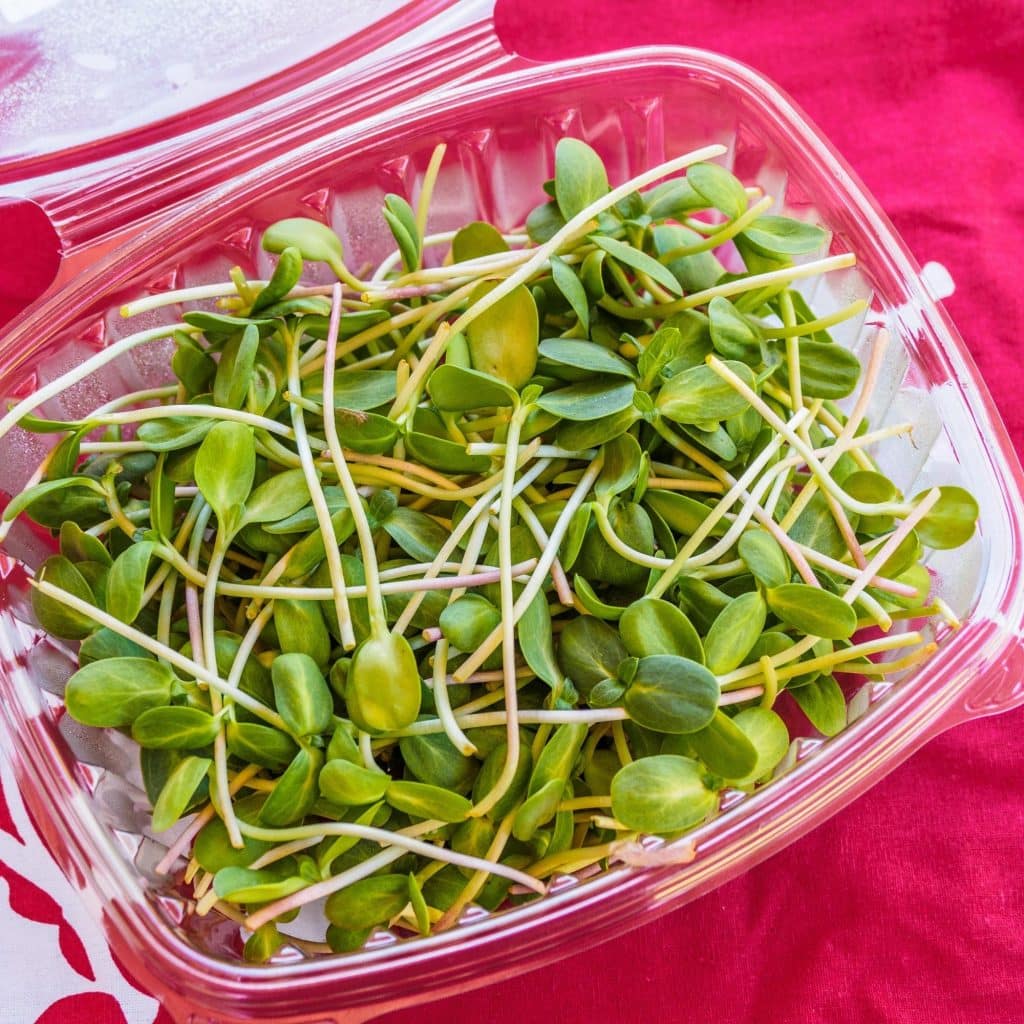
Tips For Storing And Using Microgreens
If you purchased your microgreens from a local grocery store or farmer, then your greens should be ready to be stored in the refrigerator. Aim to use up those microgreens with in a week, but know that microgreens can keep for up to several weeks in a fridge if they’re properly stored. When you’re ready to use them make sure to wash them off like you would with any other leafy green. Most sellers don’t pre-wash the microgreens so that you can have the best shelf life. Typically microgreens are grown in a very safe and organic way, but it’s always best to wash your greens before using them. Make sure to only wash what you’re using and not all of them, because moisture greatly reduces the shelf life of microgreens.
If you want to grow your own microgreens, you can follow a few simple tips to get the most out of them. First, as long as you are keeping them watered, you can just harvest the amount you want to use. It doesn’t get any fresher than harvesting right before using them! If you decide to harvest the full amount so you don’t have to later, then make sure to store them in a refrigerator, and use the right container. Use a Ziploc bag or Tupperware container with a paper towel. Keep in mind that moisture is the enemy of microgreens freshness.

